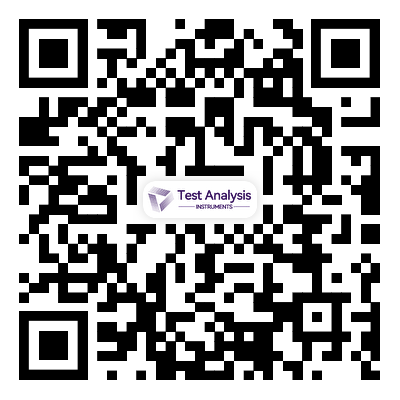How do you perform the universal testing machine experiment?
2024-03-08
Performing a universal testing machine (UTM) experiment typically involves the following steps:
1. Preparation of Specimens: Prepare the test specimens according to the standard or specific requirements of the experiment. This may involve cutting, machining, or preparing the specimens to the required dimensions.
2. Calibration of the UTM: Before conducting the experiment, ensure that the UTM is properly calibrated to provide accurate measurements. Calibration involves checking and adjusting various parameters such as load cell sensitivity, crosshead speed, and displacement measurement.
3. Mounting the Specimen: Mount the specimen securely in the grips or fixtures of the UTM. Ensure that the specimen is aligned properly to avoid any misalignment during testing, which could affect the results.
4. Setting Test Parameters: Set the desired test parameters such as load rate, displacement rate, or strain rate based on the requirements of the experiment. These parameters will vary depending on the type of material being tested and the specific properties being evaluated.
5. Performing the Test: Start the test by applying a controlled load, displacement, or strain to the specimen using the UTM. Monitor the applied load, displacement, or strain continuously throughout the test.
6. Data Collection: Collect data during the test, including load vs. displacement or load vs. time curves. This data is crucial for analyzing the mechanical behavior of the specimen and determining its mechanical properties such as strength, stiffness, and ductility.
7. Analysis of Results: After completing the test, analyze the collected data to determine the mechanical properties of the specimen. This may involve calculating parameters such as ultimate tensile strength, yield strength, modulus of elasticity, and elongation.
8. Reporting: Document the experimental procedure, including details such as specimen dimensions, test parameters, and results obtained. Prepare a report summarizing the findings of the experiment and any conclusions drawn from the analysis.
9. Post-Test Inspection: Inspect the specimen after testing to assess any signs of failure or deformation. This information can provide insights into the behavior of the material under load and help improve future testing procedures.
It's essential to follow safety protocols while conducting experiments on a universal testing machine, as these machines can exert significant forces and pose hazards if not operated properly.


